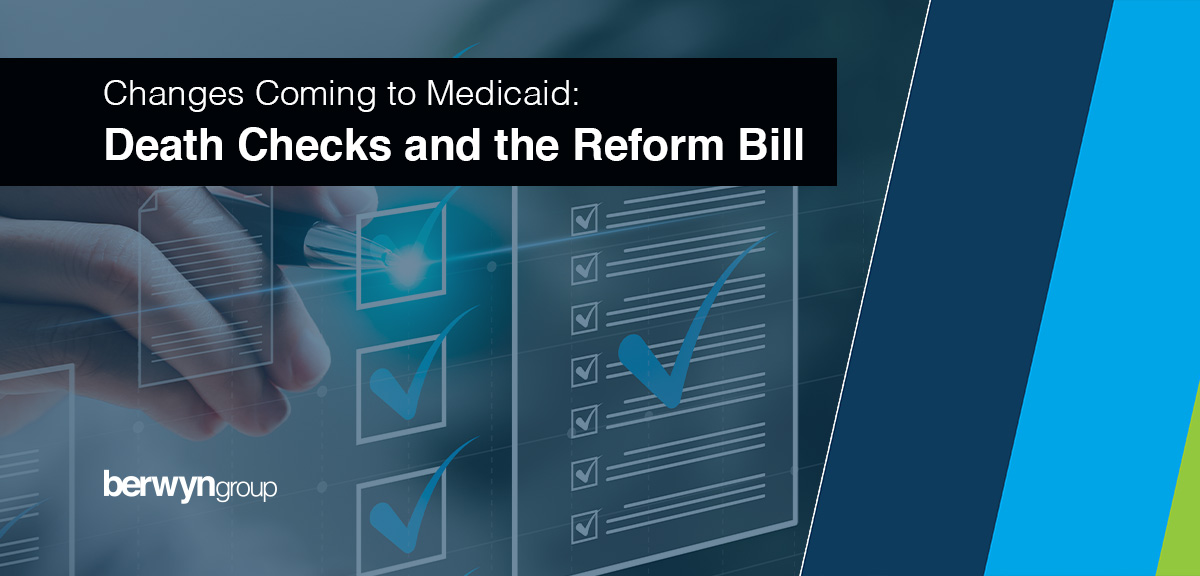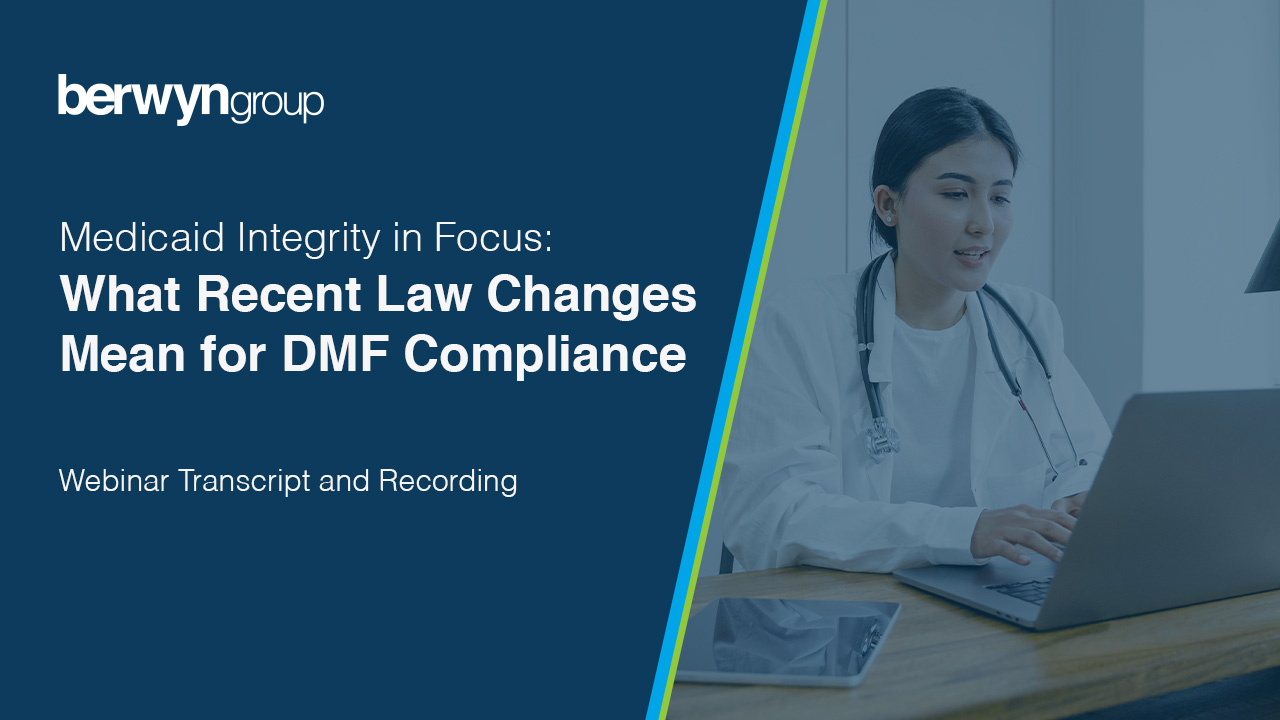In an era when government spending is under intense scrutiny, the “One Big Beautiful Bill Act” (or “OBBBA”) is reshaping how Medicaid approaches program integrity. One of the least talked about tools maintained by the Social Security Administration (SSA), the Death Master File (DMF), will play a large role.
Under the new law, Medicaid agencies in all 50 states will be required to audit their beneficiary and provider rosters against the DMF on a quarterly basis with the goal to improve payment accuracy, fraud prevention, and administrative workflows.
What the Bill Mandates
1. Quarterly DMF Checks for Beneficiaries
Effective January 1, 2027, state Medicaid agencies must cross-check all enrolled beneficiaries against the DMF at least once every quarter. The goal is straightforward: stop making payments on behalf of individuals who are no longer alive.
This applies to all Medicaid beneficiaries—whether they’re in fee-for-service or managed care—and aims to prevent cases where deceased individuals remain enrolled for months (or even years), resulting in improper capitation or claims payments.
2. Quarterly DMF Checks for Providers
Starting January 1, 2028, Medicaid agencies must also verify that providers enrolled in the program are still living, using the DMF. These checks must occur:
- At initial enrollment,
- At reenrollment or revalidation, and
- At least quarterly thereafter.
This provision is designed to eliminate payments to “ghost providers” which are those who remain on rosters after death and whose credentials may be fraudulently used to submit false claims.
What Impact Will This Have?
Reduce Improper Payments
The federal government estimates billions in Medicaid payments are improperly made each year. Many result from simple oversight like failing to remove a deceased enrollee. Quarterly DMF checks facilitate faster identification and action, reducing financial leakage.
Remove a Loophole
Prior to the bill, many states did not systematically use the DMF or used it only sporadically. This left Medicaid vulnerable to delays in updating status and opened the door to both accidental overpayments and intentional fraud.
Balance Automation and Oversight
The law encourages automated systems to flag potential matches between enrollees or providers and DMF records. However, it also requires due process: if someone is incorrectly flagged as deceased, the state must promptly reinstate coverage retroactively.
The Challenge: Why the DMF May Not be Enough
The Limited Access Death Master File (LADMF) is the most used version of the Death Master File (DMF), but it has significantly deteriorated over the years. Currently, the LADMF captures only about 16% of actual deaths and that number continues to decline each year.
Additionally, the LADMF has undergone numerous changes in the past year, including the erroneous inclusion of living individuals who were later removed. You can read more about recent DMF changes here.
Beyond its incomplete data, the LADMF also places a heavy burden on organizations. Accurately matching death records to the correct individuals is a complex and time-consuming process. Mistakes in this process can lead to serious consequences, such as continued overpayments or the wrongful termination of critical coverage or benefits.
What States Should be Doing Next
As states prepare to comply with the OBBBA’s quarterly death check requirements, there’s a growing temptation for Medicaid agencies to stand up their own internal departments or build custom technology stacks to proactively identify decedents. But that requires significant time and investment to build and is difficult to scale at the volumes of Medicaid.
Building in-house death audit capabilities comes with significant overhead. Given the DMF’s technical limitations and data quality issues, constructing a reliable, compliant, and scalable process internally will be time-consuming and expensive.
Instead, states can leverage third-party providers. These partners should have the technical expertise, compliance frameworks, and data transformation tools needed to normalize and validate DMF and obituary data, which allows Medicaid agencies to focus on program integrity outcomes. Learn more about evaluating death audit partners here.
The Bottom Line
The OBBBA’s DMF mandates may not grab headlines, but they represent a targeted strategy to improve the accuracy and accountability of Medicaid. By leveraging existing federal data and obituary sources in a more consistent and timely way, states will be better equipped to safeguard taxpayer dollars and ensure benefits go only to the intended recipient.





